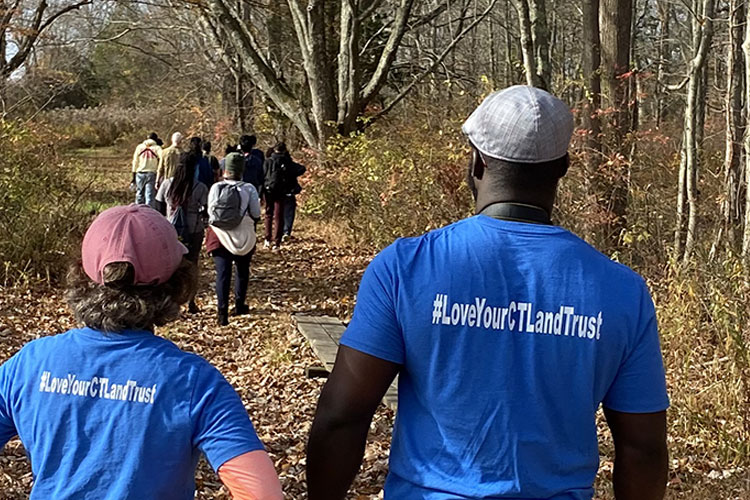CLCC annually contributes testimony and comments related to land conservation laws, policies, programs, and funding, as well as other priorities central to the health and wellbeing of Connecticut’s communities, environment, economy, and quality of life.
CLCC annually contributes testimony and comments related to land conservation laws, policies, programs, and funding, as well as other priorities central to the health and wellbeing of Connecticut’s communities, environment, economy, and quality of life.
CLCC annually contributes testimony and comments related to land conservation laws, policies, programs, and funding, as well as other priorities central to the health and wellbeing of Connecticut’s communities, environment, economy, and quality of life.
“Nonprofits can participate in election-related activities, although it must be done in a completely nonpartisan manner in order to maintain our tax-exempt status. Making election-related activities a part of your organization’s efforts is an important way not only to get the voices of those you serve heard, but also to ensure that the good work and needs of your organization are known to current and future lawmakers.”
“This guide provides your 501(c)(3) nonprofit organization the knowledge you need to promote voter participation and engage with candidates on a nonpartisan basis. It begins with a review of the prohibition against partisan political activities. It then discusses the many nonpartisan activities 501(c)(3)’s may engage in to assist their constituents, staff and local communities to register and vote or connect with candidates.”
Election Year Opportunities by Sean Robertson and Catherine Ward, Saving Land Magazine, Fall 2016 Issue
